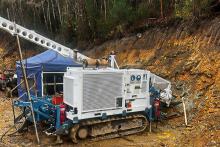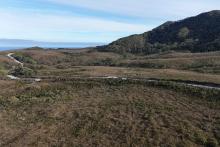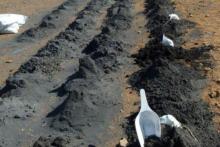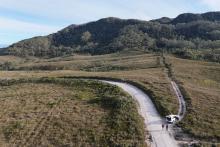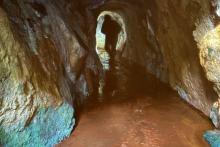Octava Minerals has reported exceptional bio-leaching test results from its Byro critical minerals project in WA’s Gascoyne region, reinforcing its potential as a significant source of rare earth elements, lithium and vanadium. The testwork, conducted by the CSIRO and European bio-mining specialist BiotaTec, demonstrates high recovery rates for critical minerals essential for magnet production and battery technologies.

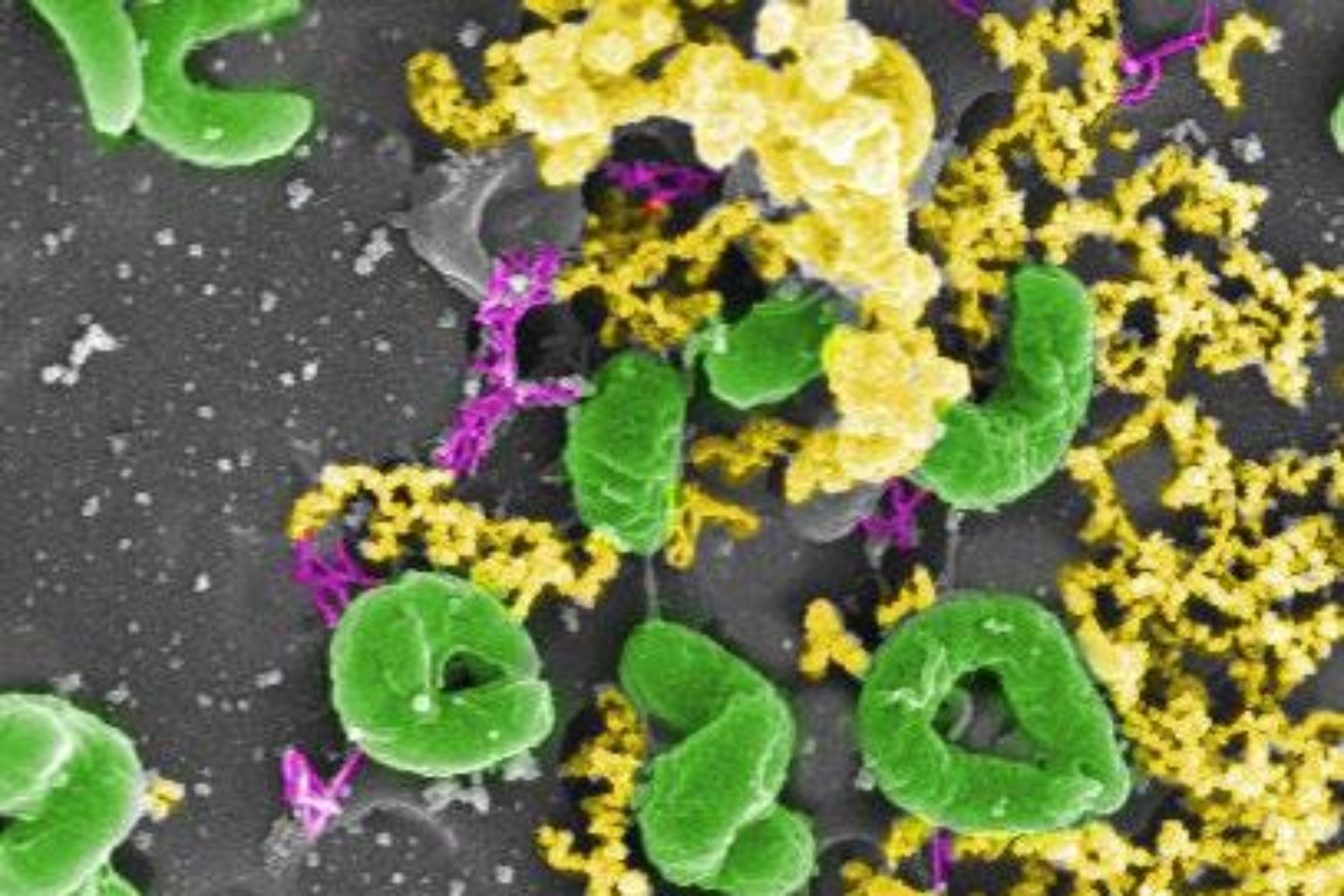
Octava Minerals has reported exceptional bio-leaching test results from its Byro critical minerals project in Western Australia’s Gascoyne region, reinforcing its potential as a significant source of rare earth elements, lithium and vanadium.
The CSIRO and European bio-mining specialist BiotaTec used microbial cultures to leach the Byro ore in testwork, which demonstrated high recovery rates for critical minerals essential for magnet production and battery technologies. The results help position Byro as a promising low-cost, environmentally friendly project.
The CSIRO’s initial bio-leaching tests on Byro’s black shale samples yielded impressive recoveries under optimised conditions, including 68 per cent neodymium, 67 per cent praseodymium, 65 per cent dysprosium and 80 per cent terbium for magnet-related rare earths, alongside 62 per cent lithium and 43 per cent vanadium for battery applications.
These results align closely with BiotaTec’s earlier findings, which reported 68-75 per cent recoveries for neodymium, praseodymium and dysprosium, and 40 per cent for terbium, lithium and vanadium, using its proprietary microbial cultures.
Both programs indicate that further optimisation could improve yields, with CSIRO noting the potential for improving the leach media and BiotaTec highlighting rapid leaching kinetics within the first two days, suggesting the ore material is suitable for efficient heap leaching.
The consistency of results across two independent institutions underscores the robustness of Byro’s mineralisation and provides confidence for further work.
Australia’s national science organisation tested composite ore feed samples from five drill holes, processed under five different conditions over 21 days. The fourth option proved optimal.
BiotaTec’s tests, using three microbial cultures over two weeks, similarly showed high efficiencies. The final culture tested achieved up to 75 per cent neodymium and 42 per cent lithium recoveries.
Octava’s Minerals managing director Bevan Wakelam said: “Bio-mining has distinct sustainability and operational advantages over traditional extraction methods. It has reduced chemical use and potentially consumes up to 90 per cent less energy than conventional production methods for lower operating costs, being a simpler, more cost-effective process.”
Both programs confirm that black shales can prove to be ideal hosts for bio-mining due to their high sulphide content, enabling metal extraction with minimal chemical use and lower carbon dioxide emissions when compared with more conventional extraction methods.
Octava’s Byro project spans 555 square kilometres across two exploration licences in WA’s vast Gascoyne region, about 220km southeast of Carnarvon. Its mineralisation, which has to date been defined along a 25km-long strike, suggests a potentially giant in-situ metal resource.
A native title agreement is in place for the project, which is close to important infrastructure, including the Port of Geraldton and the northwest gas pipeline. It also has potential access to future green energy sites.
The targeted Permian black shale stratigraphy of the Byro Sub-Basin, which is about 100km by 50km in area and up to 3km deep, is geologically suited to bio-mining, drawing parallels with successful operations such as the Talvivaara heap leach operation in Finland.
The promising results provide an early demonstration of extraction potential and proof of concept, prompting Octava to exercise its option to acquire all of Byro Mining, following a January 2024 agreement, subject to shareholder and regulatory approvals.
BiotaTec’s proposed heap-leaching model involves percolating a microbial leach solution through crushed ore to collect metal rich solutions for downstream element extraction and processing, which could support a very large-scale, cost-effective operation.
Octava is planning a maiden drilling program to target higher-grade zones, to be followed by more bio-leach testwork to evaluate bio-heap leaching scalability.
With rare earths prices picking up and global demand for sustainable extraction methods rising, Octava is well placed to move its Byro project towards production, backed by its potentially massive mineralised system and resource base and an innovative bio-extraction process.
Byro is shaping up as a key player in Australia’s critical minerals sector, with the ‘micro-miners’ offering an effective and greener path to production.
Is your ASX-listed company doing something interesting? Contact: matt.birney@businessnews.com.au





